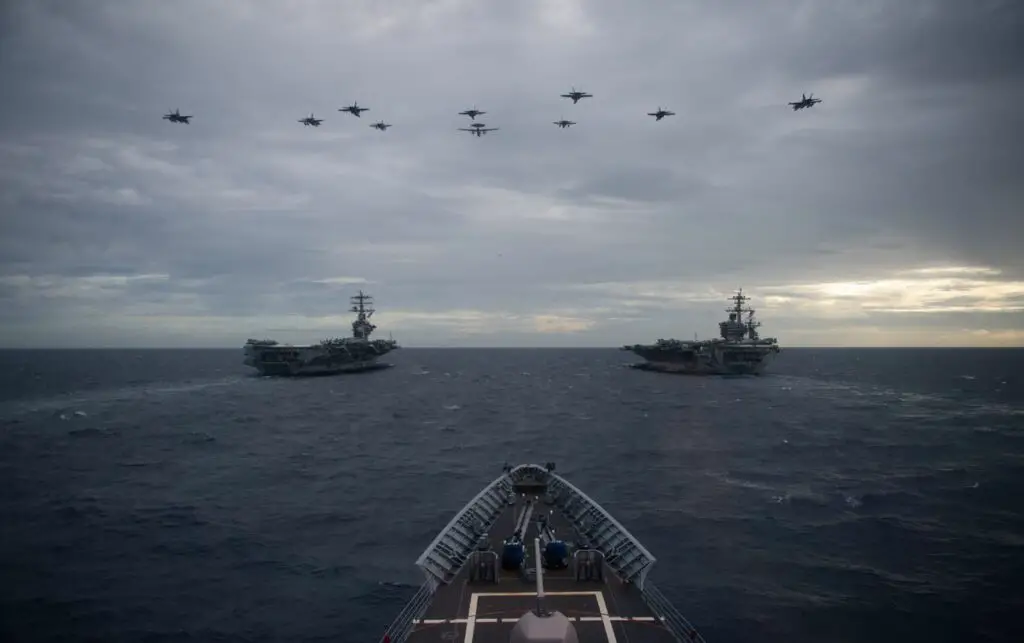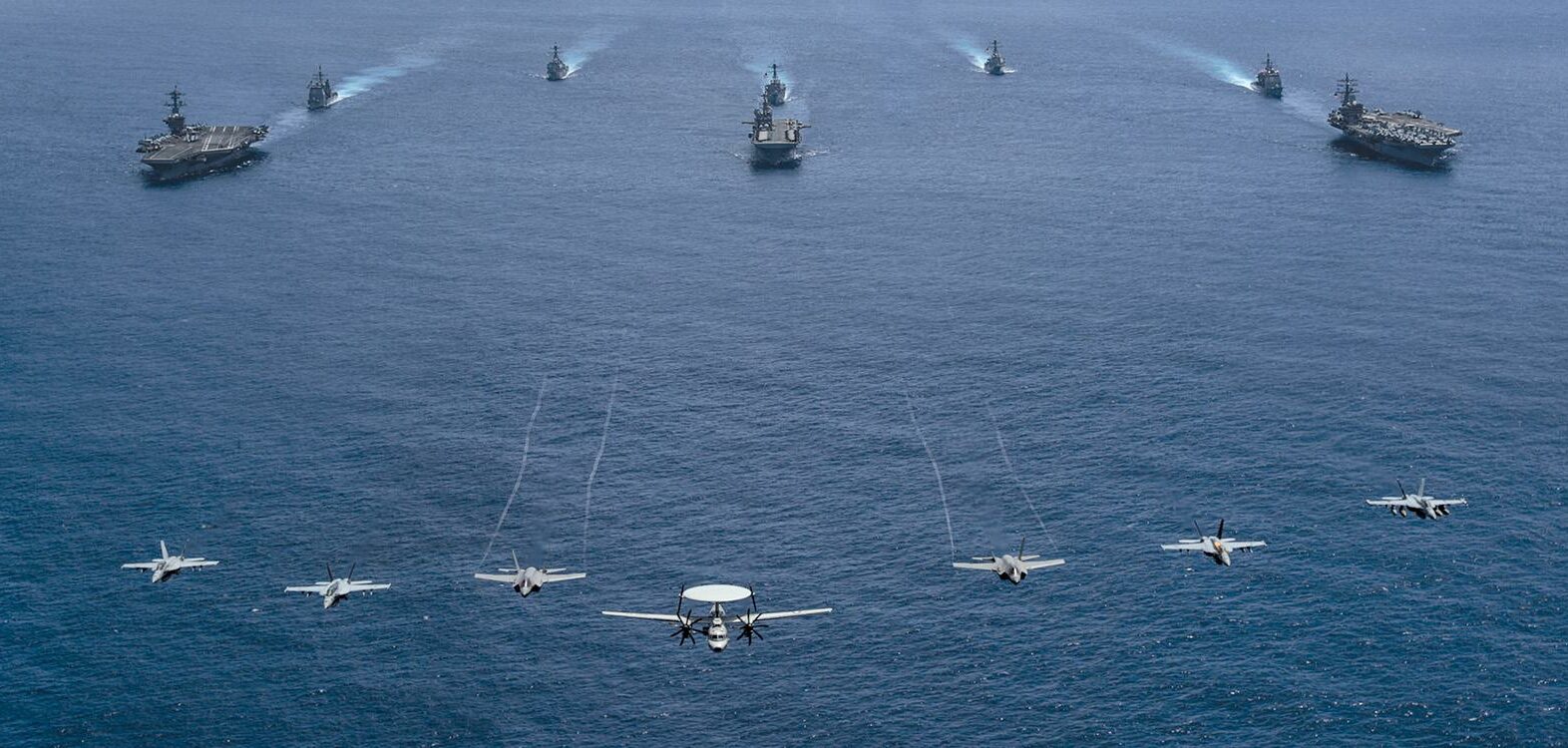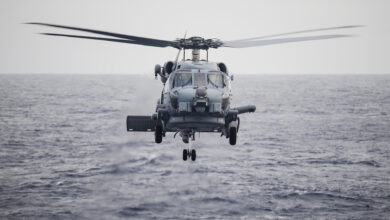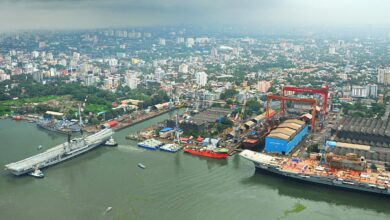US Unveils Strategy to Counter China’s Maritime Area Denial Capability
The US military has unveiled an operating concept to counter China’s growing maritime anti-access/area-denial (A2/AD) capability.
Its Distributed Maritime Operations (DMO) strategy calls for the navy to disperse warships over a larger area in the event of a maritime conflict with Beijing.
Doing so will make it harder for adversaries to detect and target valuable American assets while enabling navy units to act cooperatively.
The operating concept strategically spreads sensors and weapons across various ships and aircraft to reduce the risk of being immediately targeted.
The DMO was created in recognition of China’s ability to limit Washington’s maritime freedom of action by using its sophisticated anti-ship missiles, sea mines, and other precision weapons.
Unmanned Systems, Resilient Comms
A report informing US legislators of the DMO strategy stated that the navy must be able to utilize resilient communication links to support a widely dispersed force.
There should also be a coordinated battle force that can withstand any attempt to attack communications systems and networks.
Additionally, the Department of the Navy wants increased use of long-range weapons and unmanned systems in a potential conflict with China.

The US government has embarked on several key acquisitions to support this strategy, including a large unmanned surface vessel and a medium unmanned surface vessel.
Programs to acquire longer-ranged weapons, such as the Long-Range Anti-Ship Missile and a new anti-ship variant of the Tomahawk cruise missile, are also underway, according to the report.
Growing Maritime Capabilities
For years, China has bolstered its defense capabilities, including in the maritime domain.
In January, Chinese scientists claimed to have tested a hypersonic projectile that can damage large targets such as warships and ports.
Similar to the “Dream Shell” abandoned by the US Navy, the weapon can reportedly be fired by electromagnetic guns at speeds reaching Mach 7.
Beijing also seeks to expand naval cooperation with Russia through regular joint exercises, patrols, and skills competitions.











